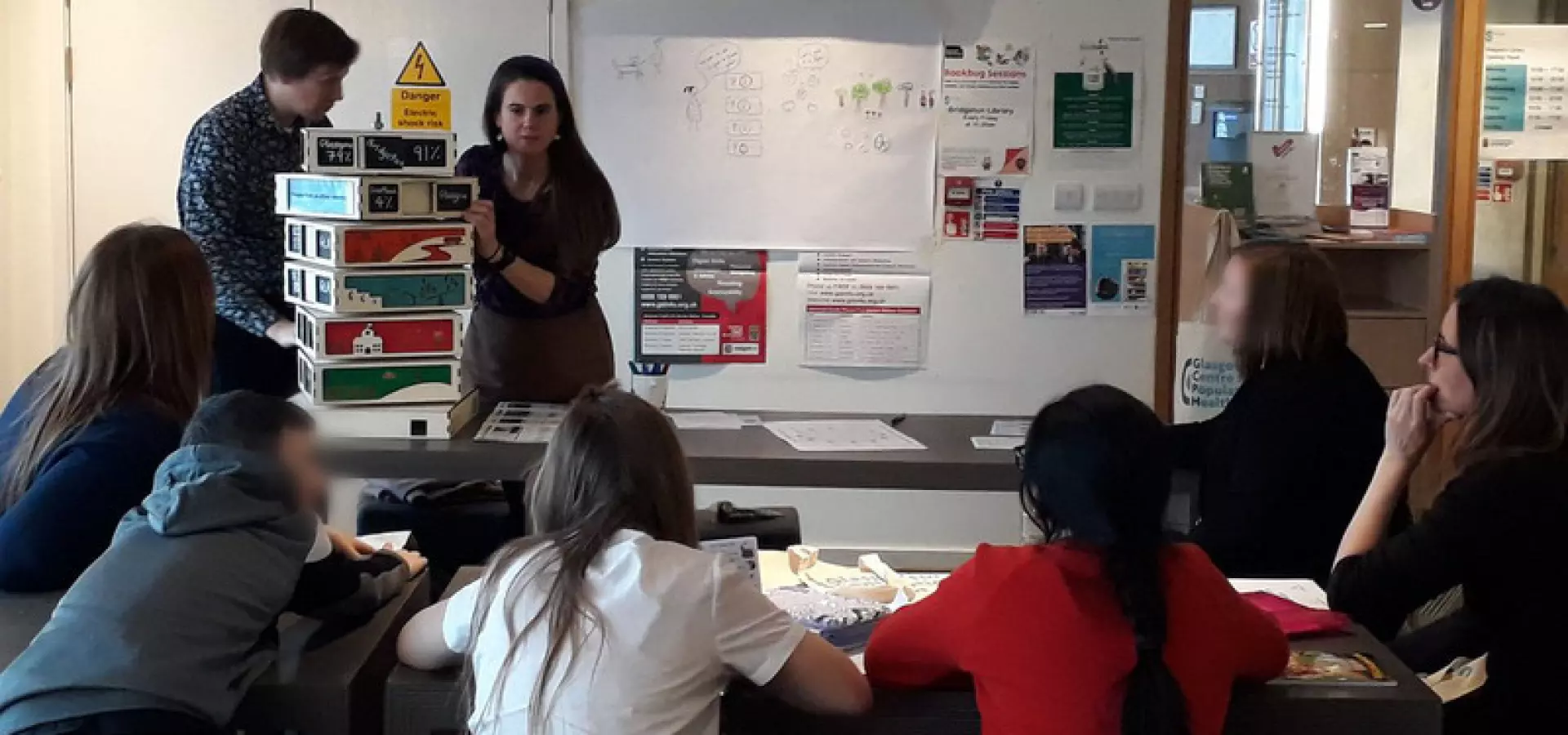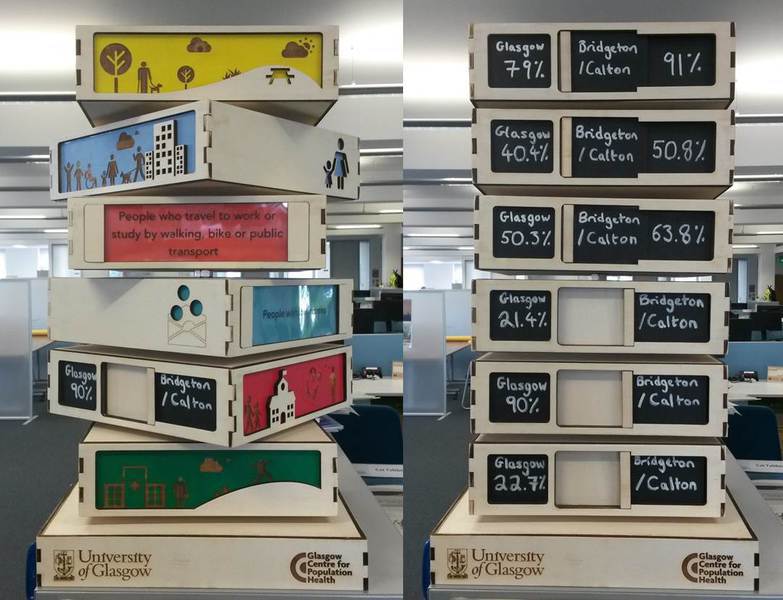
Play and procurement: reflections on Fire Starter 2019
This year’s Fire Starter Festival ran from 28th January – 8th February. It’s a Scotland-wide celebration of learning events hosted by organisations across the country, from large public services to smaller groups, such as social enterprises and community organisations. Why does the festival have a fire theme? Well, the festival celebrates that creative, innovative energy that transforms who you are, how you work and the changes you spark among your colleagues or communities to help our public services change for the better. It might be a spark, glowing embers that fade and light up again, or a roaring hearth.
Last year’s Fire Starter got us buzzing about Year of Young People 2018 and soon after, our thinking cogs were whirring about how we could contribute in 2019 for the festival’s focus on Scotland’s National Performance Framework. This year we created a workshop using our tabletop ‘Higher or Lower’ game to build a conversation around the framework’s strands about poverty and inequalities, communities and education. Read on for our thoughts and reflections on how it all went.
The event took place on 7th February, with colleagues at Bridgeton Library. Festival goers and local citizens were invited to play our Higher or Lower game, the aim being to test their knowledge and build a conversation about how we really understand what’s happening in our communities to achieve positive changes and reduce inequalities.
What we got was a fantastic, intergenerational audience of local children and adult festival participants. The conversation was captured by a team member using graphic facilitation skills, who noticed that young people in the audience clearly knew a lot about Bridgeton, and when it came to their local knowledge, they often knew more than the adults.
Children seemed to get a confidence boost that their knowledge about Bridgeton often matched official statistics and they went beyond the numbers to discuss examples of how and why their daily lives mirrored or contrasted with trends. It was an eye-opener for the whole group and highlighted the importance of intergenerational learning for understanding communities.
It was a surprise for us to discover that the game works so well with a mix of ages. We think that the reason it works is because the game encouraged young people and adults to have a conversation about their neighbourhood that they might not otherwise create. We are using this learning to think about how the game can be played with other intergenerational audiences as part of our work.
During the festival, Janet Robison, our Office Manager also attended Kindness – The Human Aspect of Procurement event. Here are her thoughts:
There are many ways organisations can put kindness into practice throughout their procurement stages. Many smaller/medium-sized organisations experience frustrations which include a lack of understanding of processes, with little or no human interaction – more often, communication is done via email and online systems.
This approach places unnecessary barriers for small/medium organisations who don’t understand the functions of a larger organisations. My take-away messages were that the GCPH can contribute to kindness within procurement interactions by ensuring that all organisations we work with are aware of each stage of the process. Also, we need to be mindful when using words and terms that may not be widely understood outside our organisation.
So, wherever you are in Scotland and whether you are a first-time festival goer or a seasoned participant, we’d encourage you to apply to host an event next year and support your colleagues to attend. We found hosting an event surprised and challenged us to think about how we develop our resources, like the Higher or Lower game. Whatever you get up to, in the spirit of Janet’s reflections, let’s be kind and speak to our colleagues in person where possible.
Previous
February e-update
Back to
